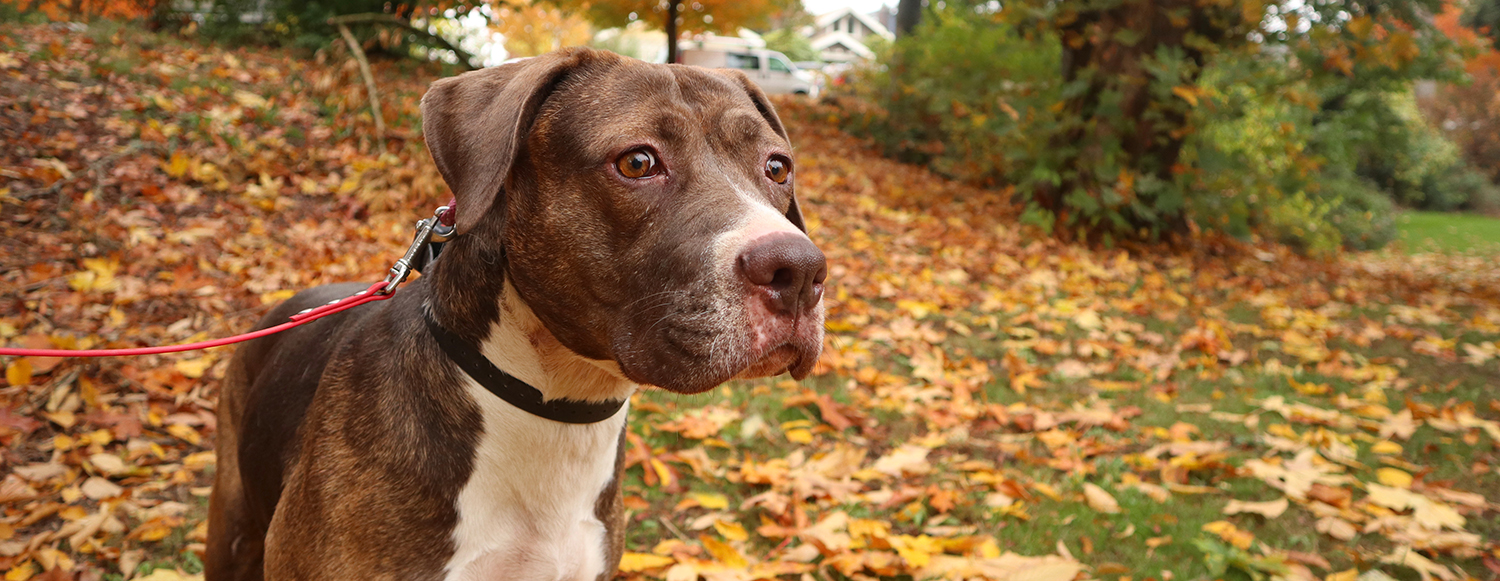Slimming down a portly pooch
As dogs age and their activity level drops off, they can put on a few extra pounds. Becoming lean and svelte again is simply a matter of portion control, exercise, and rebalancing the amounts of proteins, fats, and carbohydrates in their diet.
Make a kibble-based diet healthier
A typical high-end dry dog food, whether with or without grains, contains from 30 to 50% carbohydrates. While dogs vary in their ability to process carbs, those who gain weight easily are most likely to be carbohydrate intolerant, storing carbs as body fat instead of using them for fuel.
Replacing half of the kibble with fresh meat, raw frozen food, high-meat canned food, or raw meaty bones adds more protein and fat, thereby reducing the total amount of carbohydrates.
Add vegetables to kibble
Replacing 10% of your dog’s dry food with a vegetable mix such as Wisely Great Greens adds complex carbohydrates that haven’t been refined. You’ll be adding abundant fiber, whole food nutrients, and antioxidants that combine well with high protein/high-fat kibble formulas.
Veggies can also be mixed with 3 to 4 parts ground chicken backs or ground turkey necks for a low-cost kibble-free meal.
Go beyond kibble to a complete raw, freeze-dried, or canned diet
This is the easiest way to lose weight without hunger or deprivation. Frozen raw is the nutritional gold standard, mimicking the natural diet of your dog’s canine ancestors. Commercial raw foods generally contain 70 – 95% meat, bones, and organs with smaller amounts of vegetables, fruit, and supplements. Re-hydrated freeze-dried raw dog food and human-grade high meat canned food are good options as well. A complete change from dry food can yield amazing results, with weight melting off each week and your dog transforming before your eyes. Replacing just one meal a day with moist food can make a difference, too.
Don’t be afraid of fats
Fat helps curb hunger for hours, and unlike carbohydrates and protein, doesn’t stimulate the release of insulin which can cause cravings and a drop in blood sugar. Low-fat pet foods do not usually reduce weight because everything that’s not protein or fat (or fiber, moisture, or minerals) is hidden carbohydrates that you will not find listed on the guaranteed analysis. The food with the highest percentage of protein plus fat when added together has the fewest carbs and is usually the best choice.
Portion control and timing
Eliminate free feeding and remove food bowls after 20 minutes to allow the digestive system to rest between meals. For consistent blood sugar levels, serve two smaller meals a day with an optional carb-free bedtime snack or training reward. Consider having one kibble-free meal each day, such as raw turkey neck sections or a raw marrow bone that can substitute for a meal or snack.
Measure all food carefully while you establish how much is needed to maintain your dog’s present weight. Use feeding guidelines on the package, but be prepared to make adjustments – dogs can vary a lot in metabolism and activity level. As dogs age and become less active, the amount of food they actually need each day may be a lot smaller than you think. When you have a baseline, subtract 10 to 15% of your dog’s maintenance rations for gradual weight loss.
Feeding at the same time of day is best to develop a routine. The body anticipates based on past experience, and your dog will look forward to mealtime. A home scale or weekly trip to an All The Best store for a weigh-in will help track your progress.
Increase exercise
It’s no secret that walking, running, swimming, chasing, and retrieving speeds weight loss. Take your dog out for an extra walk or exercise period daily. Select some retrieving toys that will extend your range and tire out your dog more quickly. Your pup will love the extra playtime while slimming down!
How to check your pup’s weight:
If your dog has:

…no waist when viewed from above and their stomach looks rounded from the
side, they’re above their ideal weight.
…rib and hip bones that are highly visible, they’re underweight.
…a waist that’s visible when viewed from above and the belly tucks up when viewed from the side, they’re at their ideal weight.
for fluffy dogs, if their ribs feel:
…like the inside of your knuckles on your palm, they’re overweight.
…like your knuckles when you make a fist, they’re underweight.
…like your knuckles when your hand is flat, they’re just right.

